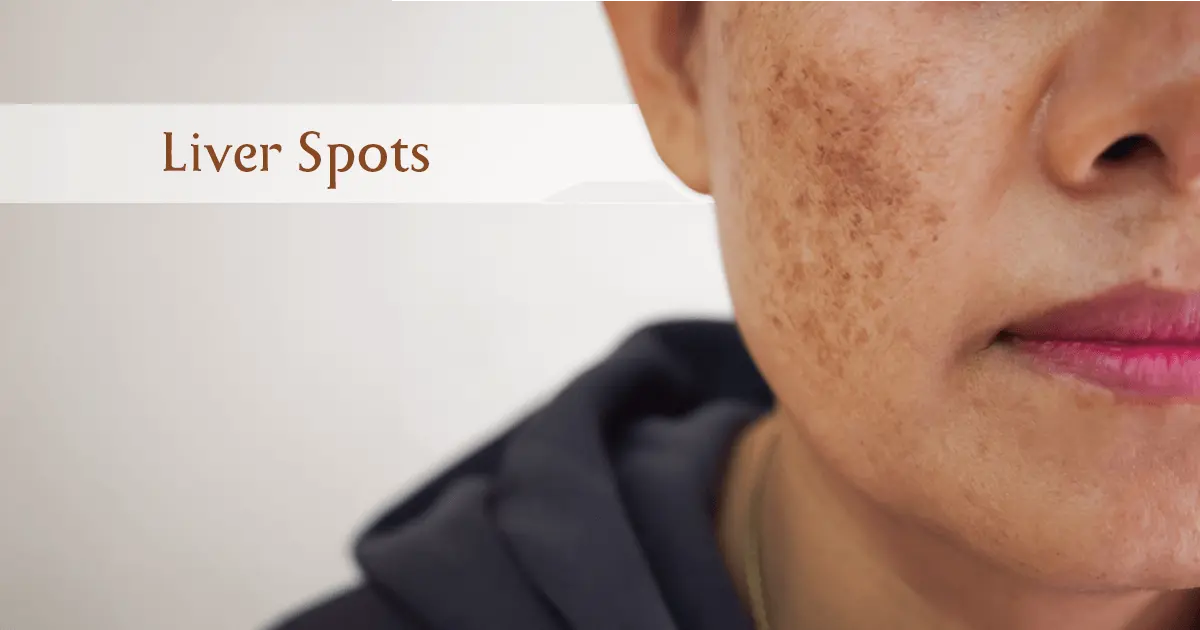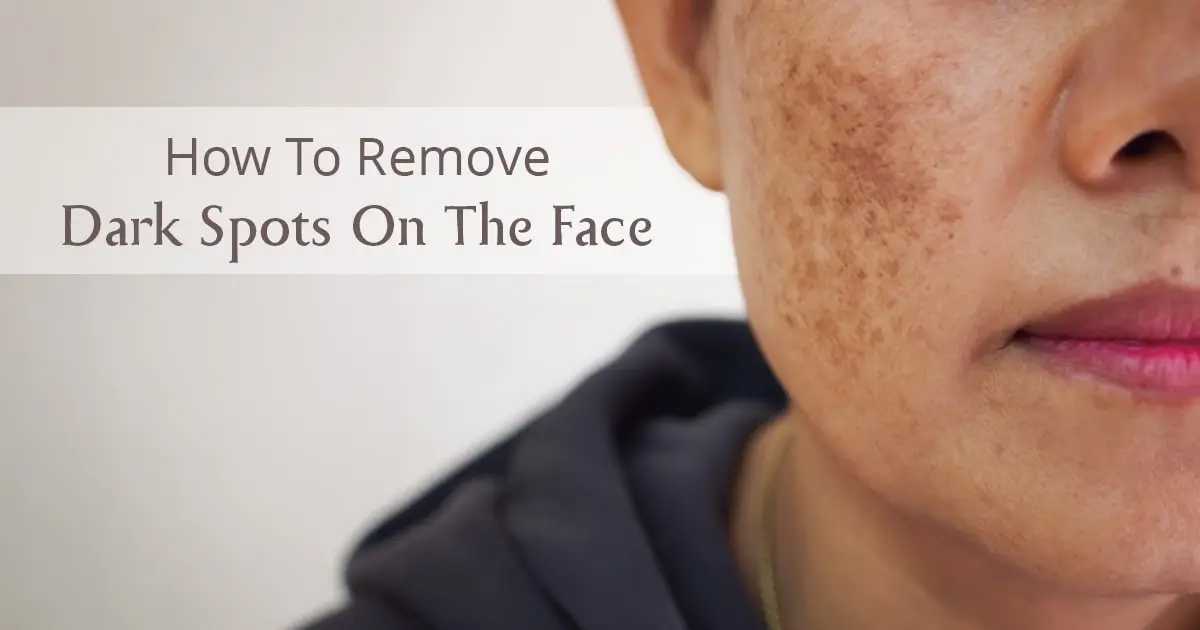
In today’s internet-savvy world, we often come across statements like “Liver health is everything.” And while that’s true, liver spots have nothing to do with the liver itself. Surprised? You are not alone! Despite the name, liver spots are a common skin condition. So how did they get their name, and what causes them to appear? Let’s dive into this blog to decode what liver spots really are, why they occur, and how you can treat or prevent them.
What Are Liver Spots?
Liver spots are dark, pigmented patches that appear on the skin commonly on areas like the face, hands, and forearms. They can vary in size from person to person, usually measuring anywhere between 1/10th of an inch to about half an inch or simply put, often less than a centimetre. These spots are also known as age spots, sun spots, or solar lentigines.
Research studies confirm that these pigmented patches usually show up in people aged 70 and above. But that does not rule out the chances in younger individuals especially those who spend a lot of time under the sun, and more so if they have fair skin tones.1 3
What Causes Liver Spots?
The main culprit behind liver spots is melanin, the pigment that gives your skin its colour. These spots usually occur when there is an excess production of melanin in certain areas of the skin. This often happens due to frequent exposure to ultraviolet (UV) rays from the sun. In some cases, radiation therapy can also trigger the development of liver spots. 1
How Do Liver Spots Look?
.png)
Liver spots, also known as age spots, are commonly found on the hands. As hands are often the most exposed body part and come in frequent contact with the sun. Over time, these spots grow bigger in size, and sometimes a group of patches form at one place giving a speckled look.2
- These spots are flat and oval-shaped with darker pigmentation
- Colour of the patch can range from tan to deep brown
- They usually show up on areas that get a lot of sun over the years like the backs of hands, face, shoulders, upper back, and tops of feet
- Size-wise, they can be as small as a freckle or up to half an inch (about 13 mm)
Diagnosis of Liver Spots
Liver spots are usually diagnosed based on their appearance, often just by looking at them with the naked eye—especially when age and sun exposure are taken into account. However, it's important to stay alert and carefully assess these spots using the ABCDE rule, which helps identify signs of potential skin cancer:4
- A – Asymmetry: One half of the spot doesn’t match the other
- B – Border: Irregular, blurred, or jagged edges
- C – Colour: Uneven colour or multiple shades
- D – Diameter: Larger than 6mm (about the size of a pencil eraser)
- E – Evolution: Changes in size, shape, or colour over time
These factors help assess whether the lesion might be more than just a harmless liver spot. If any spot looks suspicious or unusual, a dermatologist may recommend a skin biopsy to rule out malignancy or other serious conditions.
Treatment of Liver Spots
Most of the time, liver spots are harmless, so you don’t need treatment unless you want to remove or fade them for cosmetic reasons. If the spots bother you or make you feel self-conscious, there are several effective ways to lighten them. 1
- Topical Creams & Gels
- Chemical Peels
- Cryotherapy (Freezing Treatment)
- Dermabrasion (gentle scrubbing of the skin using a device or exfoliating agent.)
- Laser Resurfacing (destroy melanin-producing cells or remove the top skin layer)
What Are Some Tips To Prevent Liver Spots?
The best way to prevent liver spots is by protecting your skin from sun damage and UV rays. Here’s how you can take care of your skin daily. 1
- Apply a broad-spectrum sunscreen with at least SPF 30 every morning—even on cloudy days. Reapply every 2 hours if you are outdoors or after sweating/swimming
- Try to stay out of direct sunlight between 10 a.m. and 2 p.m., when the UV rays are at their strongest.
- Cover your skin with long sleeves, pants, and wide-brimmed hats when you are out in the sun. Clothes act as a physical barrier to block UV rays.
Conclusion
Liver spots may sound alarming because of their name, but as we have uncovered, they are a harmless skin condition caused by sun exposure and aging—not liver problems. Common in older adults and those with fair skin, especially on sun-exposed areas like the face and hands, these spots are more about appearance than health risks.
While treatment is not always necessary, there are safe and effective options available ranging from topical creams to advanced dermatological procedures. That said, the best approach is still prevention. Protecting your skin with sunscreen, covering up during peak sun hours, and keeping an eye on any changing spots using the ABCDE rule can go a long way in keeping your skin healthy and spot-free.
FAQs
Q1) What is a liver spot?
A liver spot, also known as an age spot or sun spot, is a flat, dark patch that appears on the skin due to excess melanin. Despite the name, it has nothing to do with your liver. These spots are commonly seen in older adults and in people who’ve had a lot of sun exposure over the years.
Q2) What do liver spots look like?
Liver spots are flat, oval-shaped areas of skin that range in colour from light brown to dark brown. They often appear on sun-exposed areas like the face, hands, shoulders, arms, and upper back. They can be as small as a freckle or up to half an inch wide, and sometimes cluster together.
Q3) What causes liver spots?
The main cause of liver spots is prolonged exposure to ultraviolet (UV) rays from the sun or tanning beds. This triggers the overproduction of melanin (skin pigment) in certain areas. They’re also more likely to appear as you age, especially if you have fair skin.
Q4) Are liver spots dangerous?
No, liver spots are not dangerous and are usually harmless. However, it’s always a good idea to have any new or changing skin spots checked by a dermatologist—especially if they bleed, itch, or change shape or colour—just to rule out anything more serious like skin cancer.











